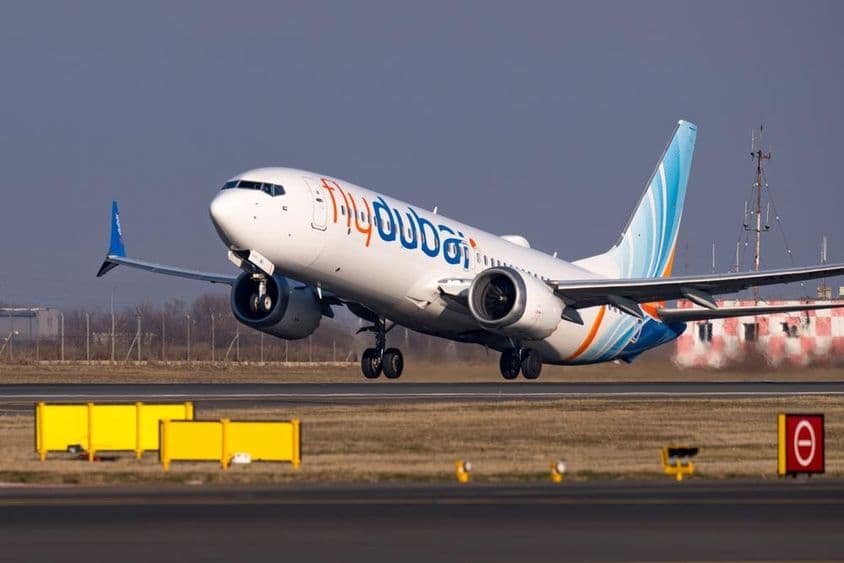UAE Air Ticket Prices Drop 35%: Key Factors

The aviation market in the United Arab Emirates has undergone a remarkable transformation over the past decade. According to the latest data from the International Air Transport Association (IATA), average airline ticket prices in the country decreased in real terms by 35% between 2011 and 2023. This change is primarily thanks to the rise of discount airlines, vigorous market competition, and the growing demand for affordable travel.
What's behind the price drop?
New players continuously emerge in the UAE's aviation market, creating significant competition with existing national and international airlines. Alongside major players present in the market, such as the Dubai-based flydubai and other well-known brands, cost-effective airlines like Air Arabia Abu Dhabi and Wizz Air Abu Dhabi have also appeared.
The introduction of new routes and increased options are particularly beneficial for consumers. Passengers can now reach more than 100 countries across 304 airports with direct flights at favorable prices, as the UAE's seven commercial airports handle 857 daily departing international flights, with 126 different airlines operating.
How much does a plane ticket cost in the UAE?
According to IATA calculations, UAE residents only need to work for 1.9 days to purchase an averagely priced airline ticket. This ratio is exceptionally favorable in international comparisons. While people in other developed regions, such as North America or Europe, need to work 3-5 days for a ticket, in developing countries this period can exceed 15 days due to lower wages and higher travel costs.
Dubai, the hub of international aviation
Dubai has become not just the UAE's but one of the world's leading air hubs in recent years. The city's airport is the world's busiest international airport, playing a significant role in the country's emergence as a key participant in the global aviation network.
In 2023, there were 3,668 flights per 1,000 people in the UAE, reflecting the country's highly active travel culture. The international passenger traffic was entirely directed towards foreign destinations, with a total of 34.8 million departing passengers registered. The majority of travels were directed to the Asia-Pacific region (40%), Europe (24%), and other Middle Eastern countries (23%).
The economic impact of aviation
Flying offers not just advantages for travelers but wields immense influence on the UAE's economy as well. The sector directly employs more than 206,000 people and generates $26.6 billion in economic value, accounting for 5.3% of the country's GDP. When indirect impacts through the supply chain, tourism, and workers' consumption are considered, the total contribution reaches $92 billion and nearly 1 million jobs.
Tourism alone contributes $22 billion to the UAE's GDP and employs nearly 300,000 people. International tourists spend nearly $47.7 billion annually in the country, utilizing local services and products.
Future prospects
The UAE's strategy continues to build on aviation as a key economic sector. World-class infrastructure investments, smart regulation, and a rapidly evolving market ensure that aviation remains accessible, competitive, and profitable in the coming years.
The UAE continues to provide a stable foundation for the growth of global aviation, offering passengers fast, comfortable, and affordable travel, whether for business, tourism, or family visits. The fact that a plane ticket is attainable with just two days' work indicates how efficiently this ecosystem operates in the country.
(The article is sourced from the International Air Transport Association (IATA) statement.)
If you find any errors on this page, please let us know via email.


